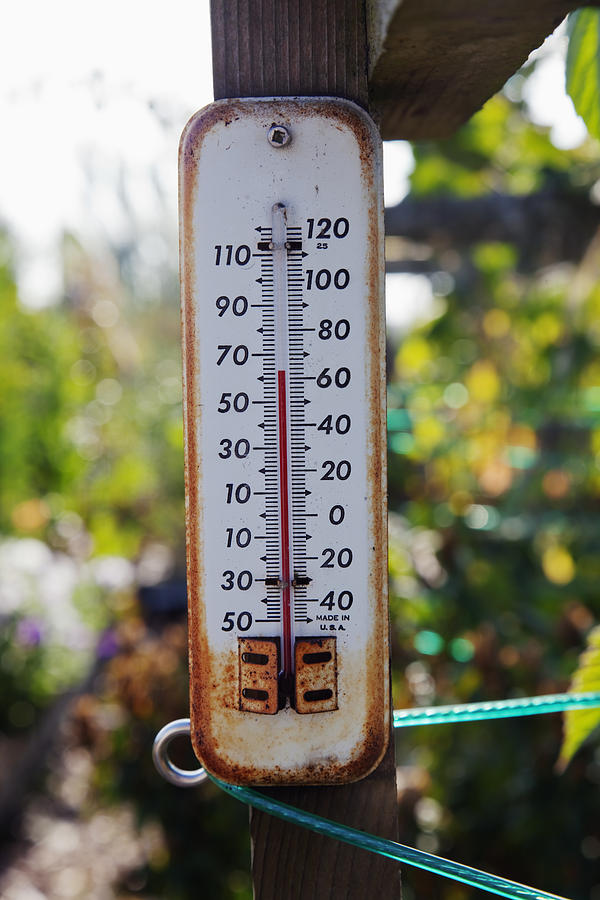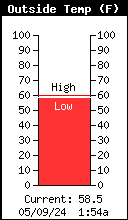
The Fahrenheit scale is in common use in the United States. Since the standardization of the kelvin in the International System of Units, it has subsequently been redefined in terms of the equivalent fixing points on the Kelvin scale, so that a temperature increment of one degree Celsius is the same as an increment of one kelvin, though numerically the scales differ by an exact offset of 273.15. It was called a centigrade scale because of the 100-degree interval. It is an empirical scale that developed historically, which led to its zero point 0 ☌ being defined as the freezing point of water, and 100 ☌ as the boiling point of water, both at atmospheric pressure at sea level. The Celsius scale (☌) is used for common temperature measurements in most of the world. Temperature scales need two values for definition: the point chosen as zero degrees and the magnitudes of the incremental unit of temperature.

( January 2021) ( Learn how and when to remove this template message) Unsourced material may be challenged and removed. Please help improve this article by adding citations to reliable sources in this section. This section needs additional citations for verification. Temperature is important in all fields of natural science, including physics, chemistry, Earth science, astronomy, medicine, biology, ecology, material science, metallurgy, mechanical engineering and geography as well as most aspects of daily life. It would be impossible to extract energy as heat from a body at that temperature. Experimentally, it can be approached very closely but not actually reached, as recognized in the third law of thermodynamics. The kelvin is one of the seven base units in the International System of Units (SI).Ībsolute zero, i.e., zero kelvin or −273.15 ☌, is the lowest point in the thermodynamic temperature scale. The most common scales are the Celsius scale with the unit symbol ☌ (formerly called centigrade), the Fahrenheit scale (☏), and the Kelvin scale (K), the latter being used predominantly for scientific purposes. Thermometers are calibrated in various temperature scales that historically have relied on various reference points and thermometric substances for definition. Temperature is measured with a thermometer.
#TEMPERATURE OUTSIDE INSTALL#
If your house has more than 3 floors, install the outdoor sensor between the 2nd and 3rd floor.Temperature is a physical quantity that expresses quantitatively the perceptions of hotness and coldness. Therefore, you should make sure to place the outdoor sensor at a sufficient distance from such heat sources.Īs a rule of thumb, 2/3 of the height of the building can be used.

#TEMPERATURE OUTSIDE WINDOWS#
The exhaust air as well as the energy escaping from the windows and doors heats up your outdoor sensor unnecessarily. Interfering heat sources range from exhaust pipes and chimneys to doors and windows.

If this is not possible, you can also switch to the east or west side. Instead, use the north side of the house. You should avoid niches or placement directly under the roof. What they have to pay attention to we explain to you in the following.ĭirect exposure to the sun can cause the device to heat up and manipulate the adjustment of the flow temperature. The position of the outdoor sensor, should represent a cross-section of the weather conditions to which the house is exposed. When installing an outdoor sensor, there are several things to consider, as the distortion of the measured data can lead to a negative impact on the heating quality. Where is the best place to install the outdoor sensor?


 0 kommentar(er)
0 kommentar(er)
